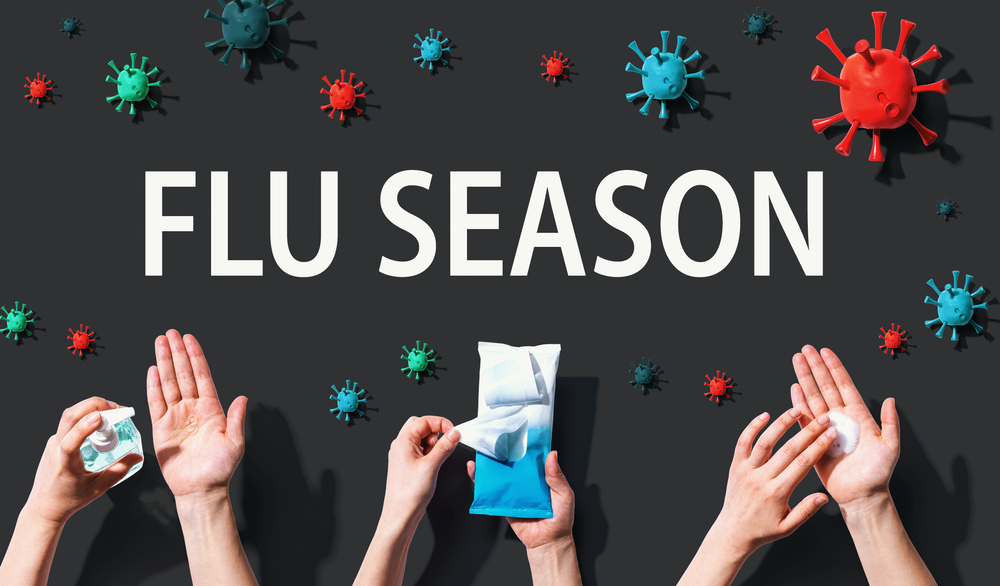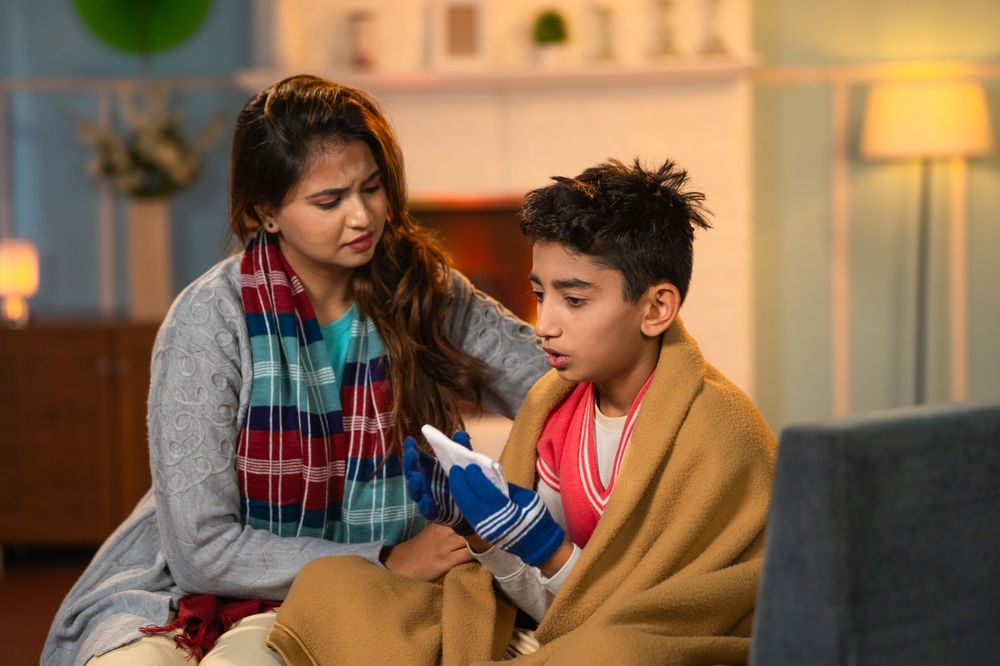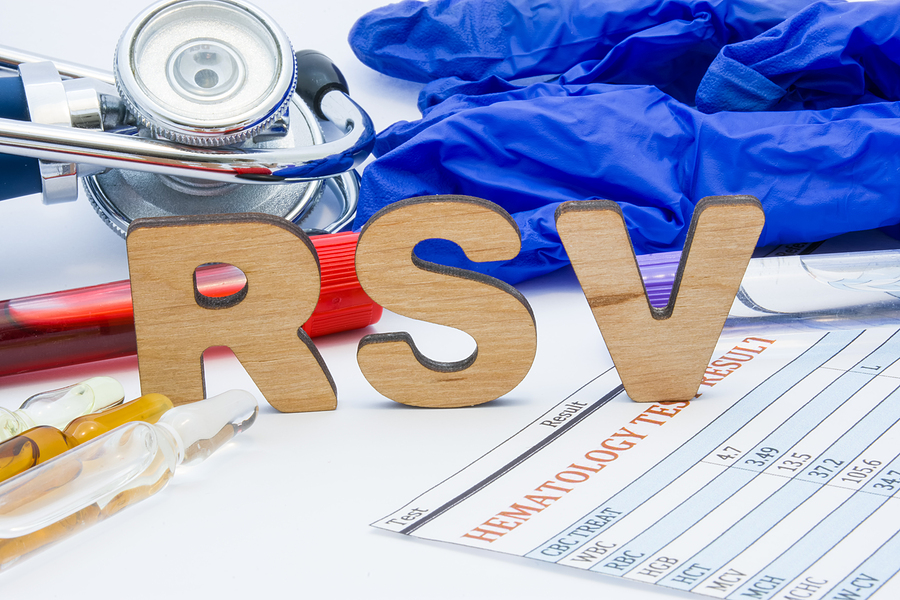By: Michelle Place, CRNP-P
Headaches are common in children, occurring in up to 75 percent of school-age children.The likelihood of headaches is even greater in adolescents than in younger children. The most common type is known as Tension-Type Headache.
The pain with tension-type headaches is usually mild to moderate, does not throb, and may last from 30 minutes to several days.The pain typically spreads in a band-like fashion around both sides of your head, spreading from the forehead to the back of your head. Pain often radiates to neck muscles and is described as tightness, pressure, or a dull ache. Migraine-type features (one-sided, throbbing pain, nausea, sensitivity to light) are not present. Tension headaches are usually not severe enough to keep children from doing their daily activities, such as going to school.
Signs and symptoms of a tension headache:
- Dull, aching head pain
- Sensation of tightness or pressure across forehead or on the sides and back of head
- Tenderness on scalp, neck and shoulder muscles
- Mild to Moderate Intensity
- Not localized, throbbing, or severe
- Not aggravated by routine physical activity such as walking or climbing stairs
Management
Managing a tension headache is often a balance between fostering healthy habits, finding effective non-drug treatments and using medications appropriately. The goal of headache management is function, not headache freedom. Most headaches are triggered by stress.
- Learn to Relax: The body’s antidote to stress is called the relaxation response. It is the opposite of stress for your body, and it creates a sense of well-being and calm. The chemical benefits of the relaxation response can be activated simply by relaxing. You can help trigger the relaxation response by learning simple breathing exercises and then using them when you are caught up in stressful situations.
Practice Diaphragmatic or “belly breathing”
- Lay on the floor or sit up straight with your feet supported.
- Put one hand on your chest and the other hand over your belly.
- Exhale all your air, until your belly pulls in slightly
- Imagine you have a balloon underneath your belly button that inflates as you inhale and deflates as you exhale.
- Breathe in through your nose and pull air deep in your lungs. Feel your belly expand, like a balloon blowing up. Exhale slowly through your mouth. Feel your belly go back in, like a balloon deflating. Say, “haa” as you exhale.
- Breathe slowly: inhale to the count of 3 seconds and exhale to the count of 6.
- Keep your shoulders as relaxed as possible; they should not rise as you inhale.
- Healthy Habits: Do these every day to help resolve headaches
- Fluids: 60 ounces/day, none with caffeine or artificial sweeteners
- Exercise: 5 times/week for 30 minutes of aerobic activity (running, biking, swimming, etc.)
- Sleep: 8-10 hours each night, with consistent sleep routine even on the weekends and during school holidays – no more than 2 hrs change in waking or bedtime (do not stay up late or sleep in)
- Diet: 3 healthy meals/day plus snacks if needed
- Behavioral Strategies: Practice these every day to help resolve headaches
- Participate – do not avoid activities because of headache
- Distract yourself – when you have pain do something you enjoy
- Desensitize – work through the pain to teach your brain to ignore amplified pain signals
- Don’t ask or talk about the pain – parents and patients both should avoid focusing on the pain and should not have regular check-ins to ask if they are experiencing pain
Acute Treatment:
- At the first sign of headache (< 1 hour from onset) quickly drink 8 oz of fluids (like sports drinks)
- Avoid G2/Propel due to artificial sweeteners
- Drink quickly every time you get a headache
** If your child wakes up with a headache, has associated vomiting or has a headache for longer than 3 days and the above treatment has failed, go to the nearest Emergency Department






